Bolts and screws are both types of fasteners commonly used in construction, manufacturing, and various other applications. While they share similarities, they also have distinct characteristics that make them suitable for specific tasks. Here are some key differences between bolts and screws:
Bolts : Bolts typically have a blunt end and require a nut to secure two or more objects together. They are used with a threaded hole or nut and rely on a combination of the bolt and nut to create a joint.
Screws: Screws, on the other hand, have a pointed end and are designed to be inserted directly into a threaded hole. They often don't require a nut and can create a threaded joint by turning them into a pre-threaded hole.
Bolts : Bolts are commonly used in situations where a removable joint is needed. The use of a nut allows for easy disassembly and reassembly of components.
Screws : Screws are often used in applications where a permanent joint is desired, or where the joint is not frequently disassembled.
Bolts : Bolts are prevalent in structural applications, automotive assembly, and situations where a high level of load-carrying capacity is required.
Screws : Screws are used in a wide range of applications, including woodworking, electronics, construction, and general household repairs.
Bolts : Bolts typically have a flat or domed head designed to be gripped by a tool such as a wrench or socket.
Screws : Screws have various head types, including flat, pan, round, and hex, among others. The head is designed for turning with a screwdriver or other similar tool.
Bolts : Bolts may have a partially or fully threaded shaft, depending on the specific design and application.
Screws : Screws have fully threaded shafts, allowing them to create a secure connection by turning into a threaded hole.
It's important to note that the terms "bolt" and "screw" are sometimes used interchangeably, and there is some overlap in their usage. Additionally, there are specialized types of screws, such as machine screws and wood screws, each designed for specific applications.
Royal Steel India offers a comprehensive range of bolts and screws to cater to various applications. Let’s explore some of their offerings:
| Bolts | Screws |
|---|---|
| Hex Cap Screws | Carriage Bolts |
| Flat Head Cap Screws | Hex Bolts |
| L-9 Hi-Head Cap Screws | Lag Bolts |
| Plow Bolts | Scraper Blade Bolts |
| SQ Head Set Screws | Tap Bolts |
| Toggle Bolts | Wedge Anchors |
| Hex Head Bolt | Socket Cap Screw |
| Carriage Bolt | Anchor Bolt |
| Eye Bolt | Flange Bolt |
| Elevator Bolt | Draw Bolt |
| Stove Bolt | Machine Bolt |
| Hanger Bolt | Grub Screw |
| U Bolt | Set Screw |
| Shoulder Bolt | Step Bolt |
| Stainless Steel Bolts | Alloy Steel Bolts |
| Hastelloy Bolts | Monel Bolts |
| Inconel Bolts | Nickel Bolts |
| Copper Bolts | Brass Bolts |
| Titanium Bolts | Duplex & Super Duplex Steel Bolts |
| J Bolt |
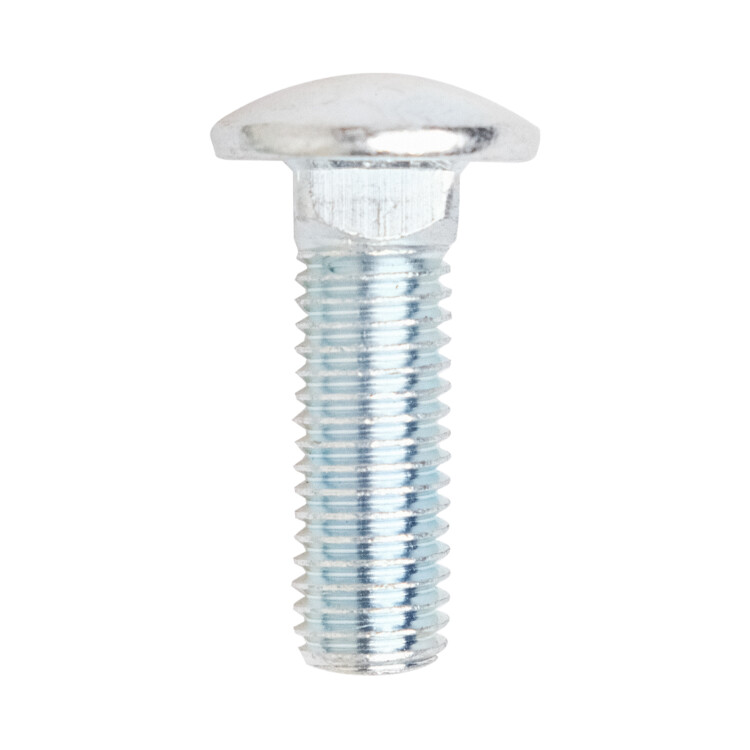
Carriage Bolts provide simple installation and versatility when assembling a variety of building materials, not only with hardened steel, but also for softer materials like wood & plastic. They are designed with a smooth, large diameter head that resists pull-through in softer materials and a square neck that prevents the bolt from turning when tightening the nut.
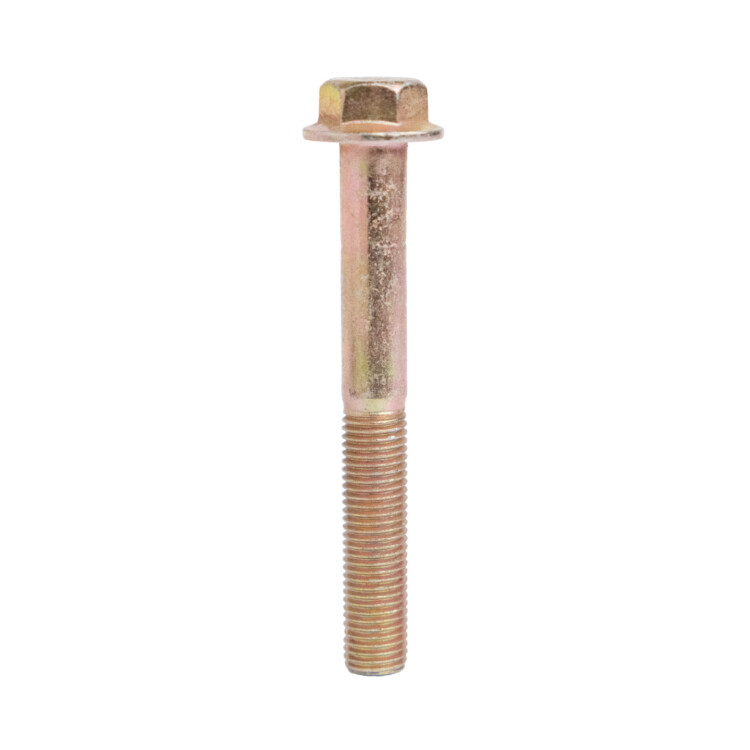
Flange bolts have a round flange beneath the head that distributes the load like a washer. Because of this feature, it’s the preferred choice for metal to metal fastening.
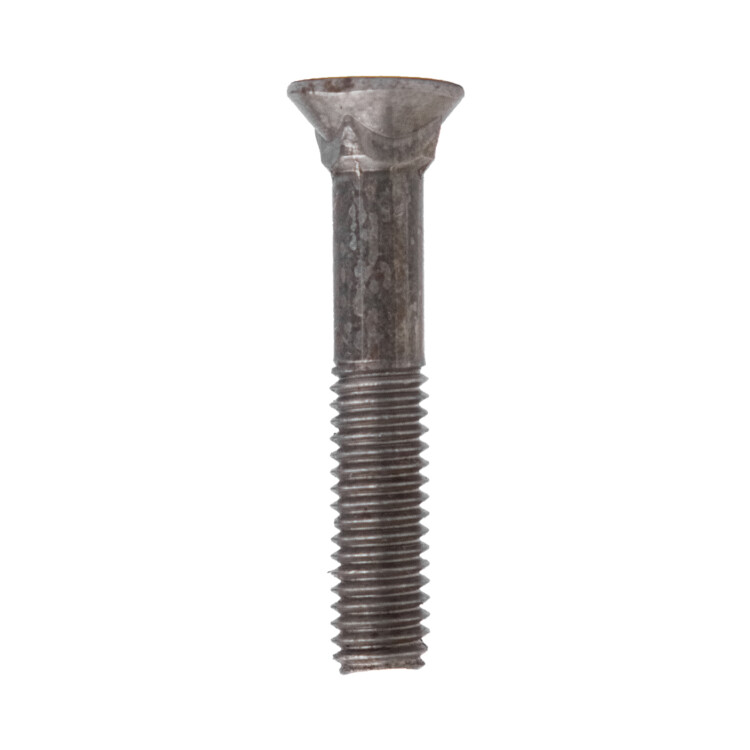
Plow bolts commonly have a square neck, to stop the bolt from rotating as it is being tightened, and a flat head, where the head of the fastener is subjected to excessive amounts of wear. These fasteners are frequently used in farm machinery, heavy machinery for building roads, and other equipment.

Hex bolts, sometimes called hex capscrews or machine bolts, are structural fasteners that have hexagonal heads and machine threads. They’re meant to be used with a nut and washer as part of a total fastener assembly. They may also be installed directly into a tapped hole.
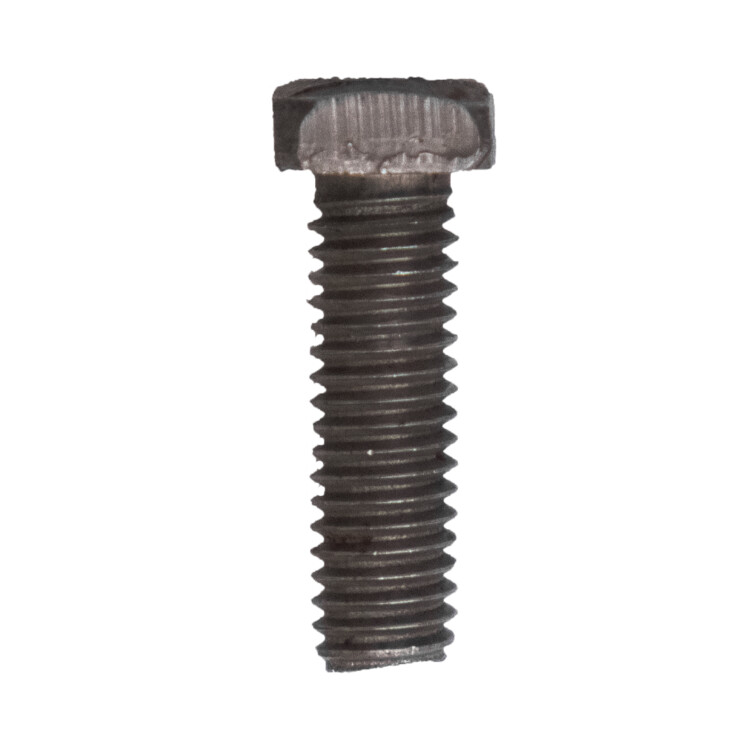
Square head bolts are utilized in applications where strong fastening is needed but visibility is restricted. These bolts are simple to tighten with a wrench and have large, flat sides. Square heads work best in small, dim areas where a fabricator or machinist must blindly tighten the bolt. Even without any visible marks, it is easy to fit a tool across the square head, reducing the likelihood of tool slippage.
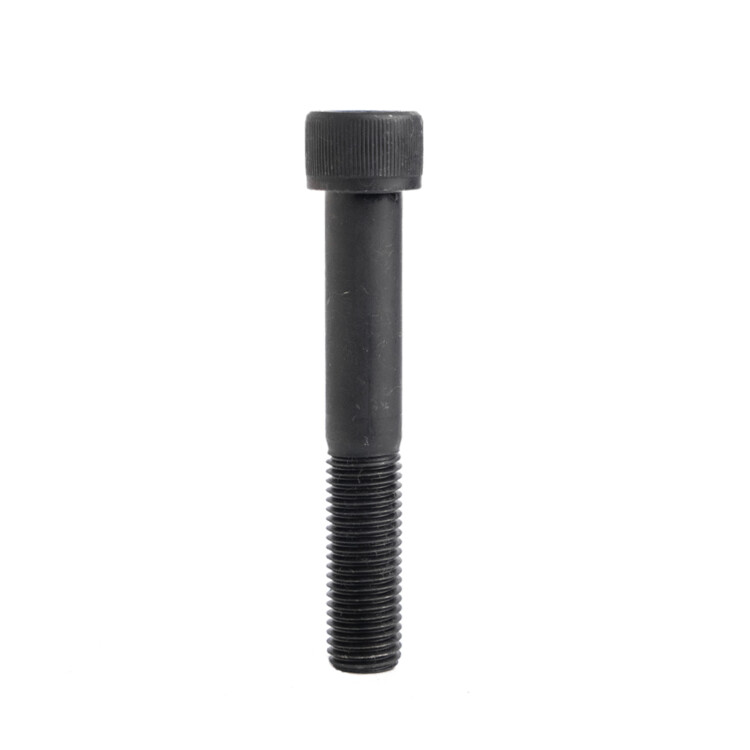
Threaded fasteners with a recessed hexagon drive and a cylindrical head are known as socket head cap screws. Socket screws, also referred to as Allen head screws, are tightened to far greater torque standards than a crossed recessed or slotted drive fastener. They are twisted using a hexagon-shaped key, also known as Allen wrenches, hex-key wrenches, or hex keys. In circumstances where there is not enough clearance to utilize a fastener with an exterior hexagon head, socket head cap screws are frequently used.
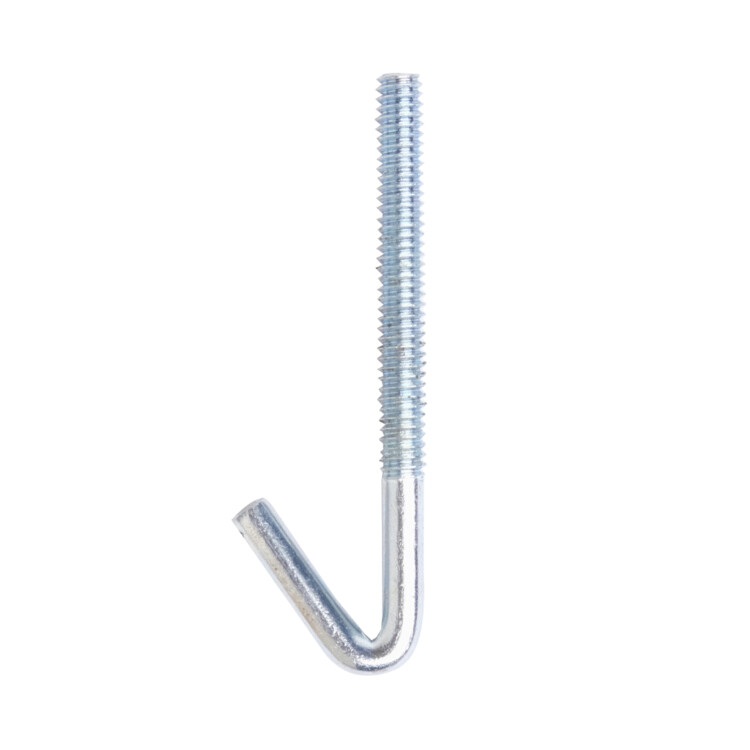
The J bolt, which is frequently viewed as half of a U bolt, has a long threaded part and a smooth curve that can both be used to fasten objects in place. Because of its adaptability, the J bolt can be utilized in a variety of situations, such as the automobile, locomotive, and building and construction sectors. It is also used in household settings for do-it-yourself projects like hanging baskets and deck building.
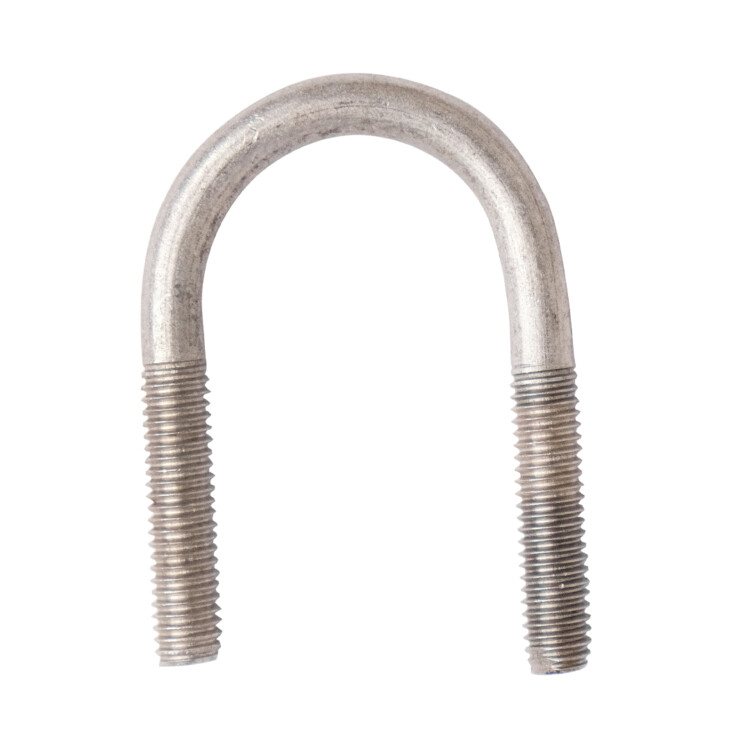
A “U”-shaped curved bolt having threaded holes on both ends is known as a “U bolt.” In addition to being employed in a variety of building and construction applications, these fasteners are used to support piping. These fasteners are used in piping support, as well as in various building and construction applications.

Mainly used in an assembly to lift or suspend a load (usually a machine), eye bolts are characterized by a loop in one end & a threaded rod on the other.
As well as different materials, socket screws are also available in different types:
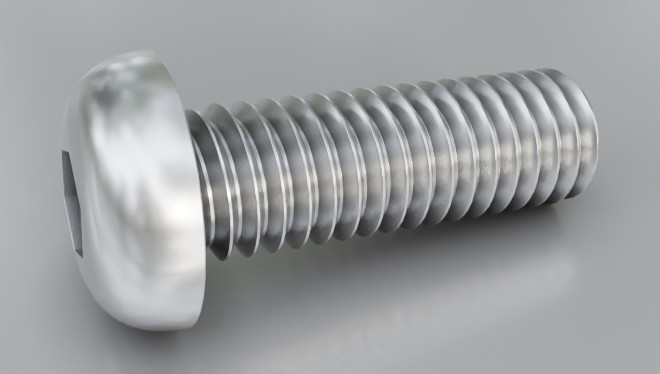
Button head socket cap screws are also known as round head or dome head socket screws. They are manufactured with a smooth, slightly rounded dome at the head, which tends to be somewhat larger and more bulbous than standard cap screw varieties.
Often, this means that a button head socket screw can accommodate a larger gauge of hex key or driver, and thus can be affixed with more torque to achieve greater clamping forces. However, smaller sized hex socket button screws should be fastened with less torque.Button socket screws can also be supplied with tamper-proof drives.
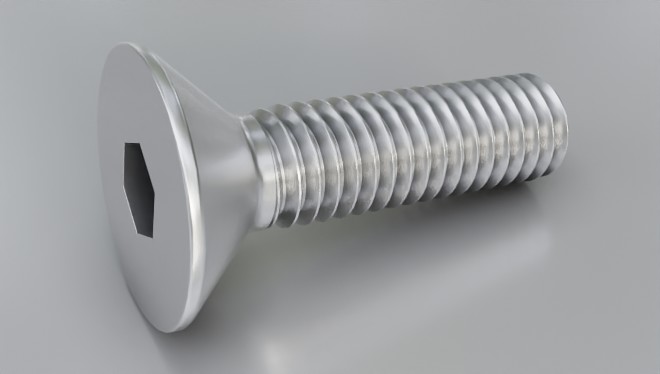
Hex socket countersunk screws, also known as flat or flat head socket screws, are used in applications where it is vital that the installed screw sits flush with or just below the surface of the workpiece.
Countersunk socket screws feature a sloping shoulder design - usually at a standard angle of around 82 degrees - that allows the screw to bed down into the surface via a pre-drilled countersunk hole. Again, they are available in numerous lengths and widths and are widely available under both imperial and metric socket screw sizing charts.
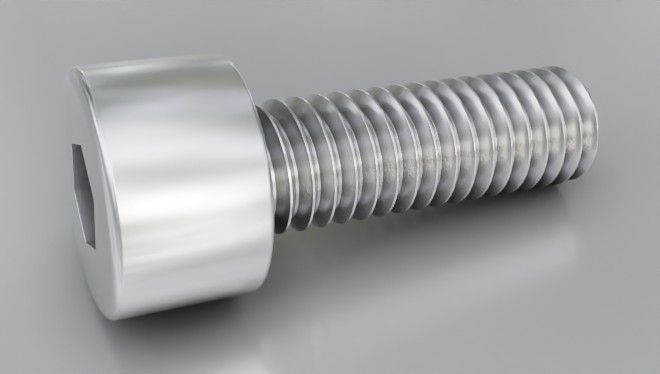
Socket head cap screws contribute in important ways in carrying out modern design techniques which call for smooth contours and surfaces, elimination of clumsy, bulky parts and use of lighter constructions as they apply to flanges, lugs, pockets, and cover plates. Because Screws are made of alloy steel and scientifically heat treated, they are stronger than conventional screws, size for size. Hence, fewer screws – or smaller screws – are required to fulfill a given holding assignment. cap screw is comparable in strength to an ordinary screw of the next larger standard diameter.
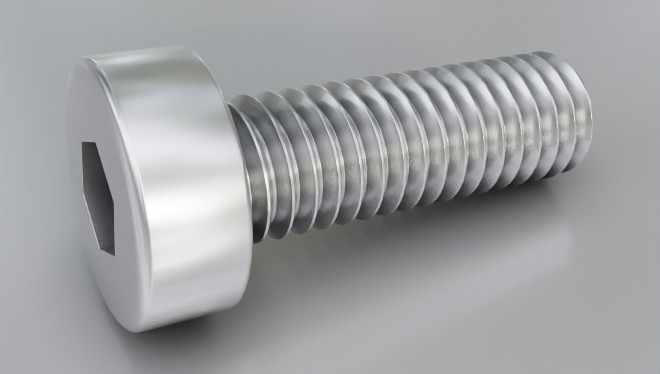
Low Head socket head cap screws are high strength, precision fasteners that are designed to be used in applications where head height is a problem. Because of their reduced head height and smaller socket size, they cannot be preloaded as high as a standard socket head cap screw.
Low Head Socket Head Cap Screws are threaded fasteners with a reduced height cylindrical head and a recessed hexagon drive. Metric Low Head Socket Head Cap Screws are turned by using a hexagon shaped key
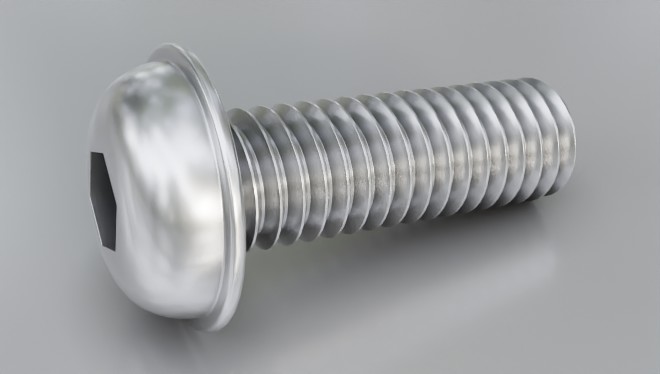
Button flange head socket cap screws feature a built-in washer, the wide flange keeps the screw head from crushing thin or soft materials. Button flange head socket cap screws are fully threaded and have a Class 3A thread fit. Head height is measured from the bottom of the flange to the top of the head.
Flange button socket screws from ITA Fasteners are protective fasteners which provide the assembly with structural support as well as a visually appealing look. It protects the components around it from damages like scraps and unintentional cuts. Another advantage of these screws is the large under head bearing surface - this eliminates the need for washers. It could also be considered as a built-in washer. These screws are fully threaded to provide its users with grip and accurate positioning.
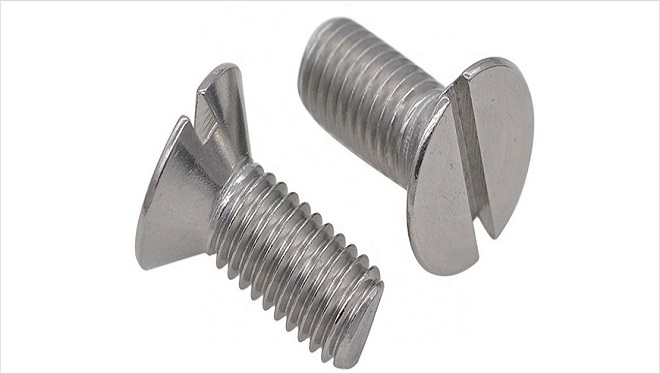
Similar to the oval head screws, these are majorly used as machine screws and have flat heads with two rounded sides. Being a machine screw, you can avail these in different shapes and sizes. It is generally used in the application of metal elements where the tapered side remains on the underside of the head and can be installed with just a screwdriver. There are three types of pan head fasteners – Phillips Pan Head, Square Pan Head, and Phillips Pan Framing.
The material used in them is usually zinc, coated in steel, which keeps it rust-proof and extends its longevity. However, the price range for these is not fixed, as various companies are coming up with a variety of product options.
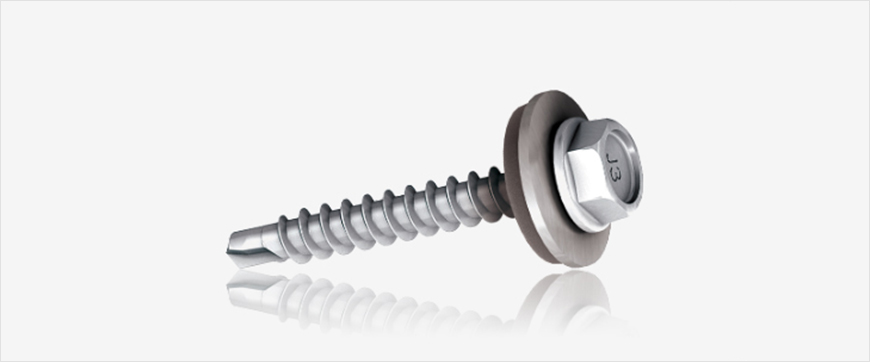
Made from hard stainless steel, which prevents rust and corrosion, the self-drilling screws comes with an added feature. These are primarily used in sheet metals and are easy to install in a pre-drilled hole. These are also the thread-cutting screws that can be used to cut the machine threads. However, there are a lot of configurations, which make them ideal for diverse usages like industrial and construction.
Moreover, these can also be widely used in the constriction of bricks, wood, and metal. But you need to make sure that the hole is not too large because the screw then will have nothing to hold on to or stay attached, especially if the material is soft like certain types of wood materials.
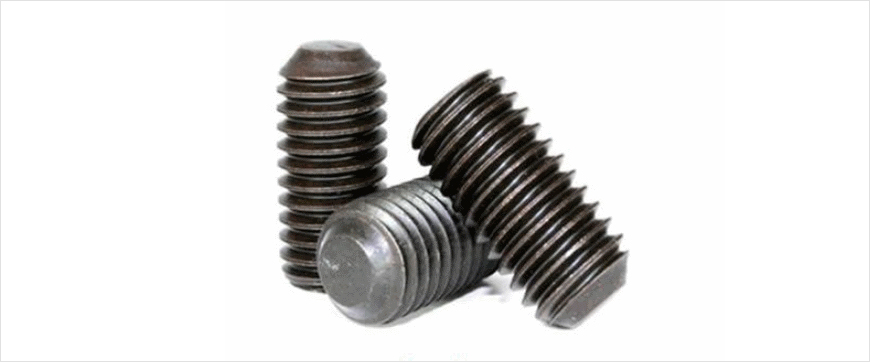
Also known as the grub screw, the set screws are generally used to add extra security to the particular object. The object can be either attached from within or with another object. The usage of the nit is, however, optional in this case.
Unlike other screws, it is easy to identify because of its headless body. You can notice machinery threads all along its body and that too, in several dimensions. It is essential to keep an internal wrenching drive during the installation of the screw and to fasten it properly. Once it is installed, you can be assured that the object will not fall off because of the applied clamping force to the entire body of the object.
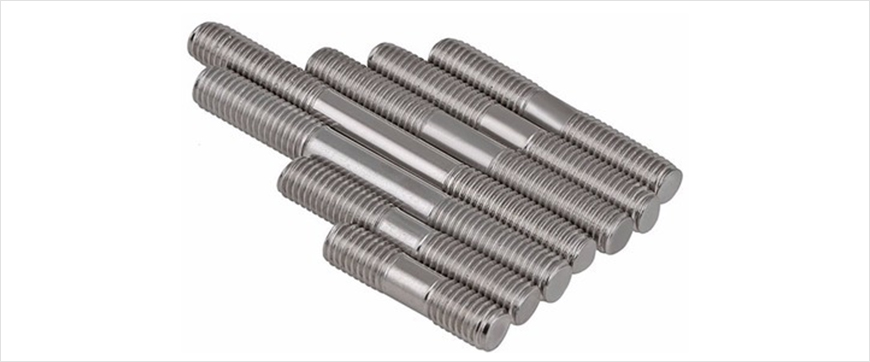
Threading is something that is present in all the screws and can be used on any surfaces and objects widely. It is designed with helical grooves, which help to dig the materials from the object, where the screw is put into.
However, there is an absolute difference between the two types of screws, that is, the fully threaded ones, and the partially threaded ones. The fully threaded ones come with a shaft, head, and a tip, while the partially threaded ones come with a shaft, which is not fully covered, and tip. Such screws undoubtedly provide more gripping to the object than any other type of screws.
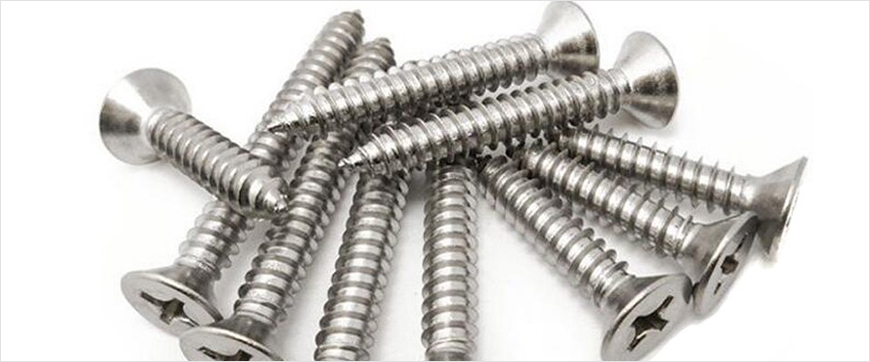
As the name implies, it is used to fasten a wooden workpiece. Brass, steel, and bronze are the most frequent materials used to make them. They come in a range of heads and have various threads. Their smooth shank and tapering point are perfect for penetrating the wood.
They come in different measurements for precision joinery and ease of control. Its diameter is thicker than the tip and thins slightly as we get closer to the top. These are offered with either partially or completely covered threads at the shank. Its’s head size varies depending on the application.
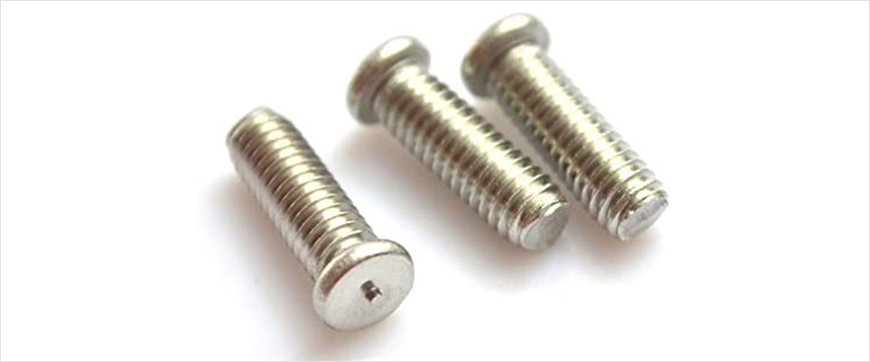
To hold the object with a nut and washer, these must be welded to a metal surface with a shaft. By using a strong electrical impulse to melt a specially constructed spot on the screw and subsequently on the plate, the screw is first welded to the plate. They come in low carbon, stainless steel, heat-treated, and plated varieties.
To enable welding without drilling any holes, they protrude from the head. After that, a piece of metal placed on the metal base is connected to the welding stud. They are employed in the transportation, manufacturing, maritime, building, and aerospace sectors.
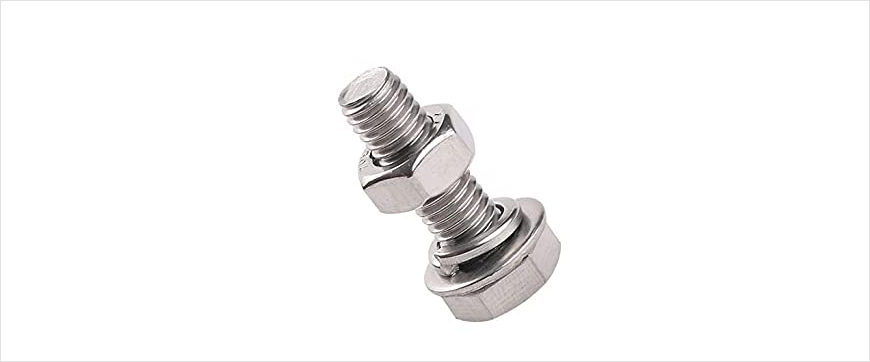
They are hexagonal locks with six sides that have a perforated hex head on the head and a washer face on the bearing surface. Its six-sided shank or shaft has multiple applications. These kinds of fasteners are employed to join metal or wood. Its hexagonal head evenly distributes force for strong fastening and dependable security. They have chamfers and tight tolerances on their body dimensions.
These are primarily utilized in docks, bridges, road infrastructure, and buildings. Due to their narrow steel threads, they are perfect for interior home repair jobs. Additionally, the flat washer behind the head allows for precise application.
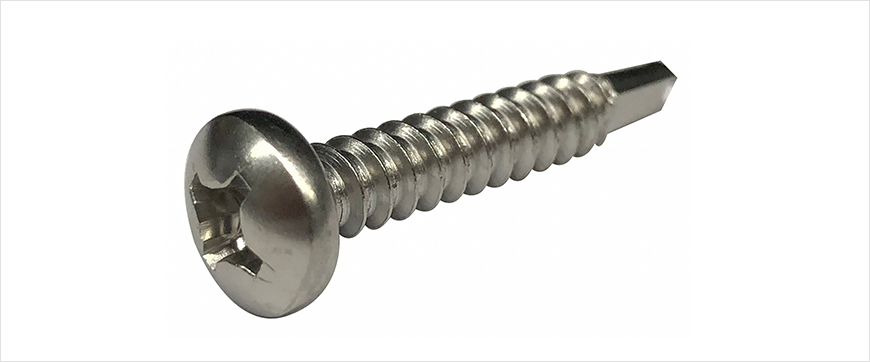
They have sharp edges because the depth of the hole is somewhat more than the length of the fastener. This tool will prevent the metals from becoming trapped inside the apparatus. They frequently work with metal and wood. As they engrave their way into the substrate, they scrape away pieces of the material in which it is applied.
These are employed to lessen the accumulation of internal tool tensions, making them perfect for tough materials. It lacks a cutting edge, which makes it more challenging to work with materials with low compressive strength than a thread-forming type.

These bolts are employed to secure wood to metal or metal to metal. They are a specific kind of hexagonal bolt used in woodworking, specifically for mounting metal to wood. These have a domed head design that can prevent one-sided loosening. An expanded head form prevents the bolt from being pulled through a wooden structure. Its shank is rounded all the way around, and its shallow mushroom head sets it apart from other bolts.
The carriage bolt’s domed head is made to prevent slipping from one side. If you use a domed head nut, you cannot unlock this fastener from the side. Additionally, the bolt cannot be dragged through the wooden structure due to the larger head.